Physical identification of stainless steel
Physical identification refers to the specific method to determine whether it is stainless steel and what kind of stainless steel it belongs to with the help of simple appliances according to the inherent physical and chemical properties of goods (including whole materials, surplus materials, waste materials, etc.) when the steel type (number) is unknown.
It should be pointed out that the sensory identification can not distinguish the specific steel (type) number, but can basically distinguish the three major categories of chromium stainless steel, chromium nickel stainless steel and chromium manganese nitrogen stainless steel. The identification methods are as follows:
1. Color difference
After pickling, the surface of stainless steel is silver white and smooth: chrome nickel stainless steel is silver white and jade; Chromium stainless steel is white with weak gray luster; The color of Cr Mn N stainless steel is similar to that of Cr Ni stainless steel. The surface color of stainless steel without pickling: chrome nickel steel is brown white; Chrome steel is brownish black; Chromium manganese nitrogen is black (these three colors refer to the color with heavy oxidation). Cold rolled and un annealed chrome nickel stainless steel, with silver white surface reflecting light. Stainless steel is generally white after pickling, except for primary steel.
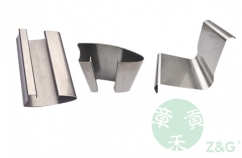
2. Identify with copper sulfate
The method is to remove the oxide layer on the steel, put a drop of water and rub it with copper sulfate. If it does not change color after rubbing, it is generally stainless steel; If it turns purple red, the non-magnetic steel is high manganese steel, and the magnetic steel is generally ordinary steel or low alloy steel.
3. Identify with magnet
Magnet can basically distinguish two types of stainless steel. Because chrome stainless steel can be attracted by magnet under any state; Chromium nickel stainless steel is generally nonmagnetic in the annealing state, and some will be magnetic after cold working. But the high manganese steel with high manganese content is nonmagnetic; The magnetism of Cr Ni N stainless steel is more complicated: some are nonmagnetic, some are magnetic, and some are nonmagnetic in the longitudinal plane and magnetic in the transverse plane. Therefore, although magnetite can basically distinguish chrome stainless steel and chrome nickel stainless steel, it cannot correctly distinguish some steel grades with special properties, let alone specific steel grades.
For steel grades with special properties, we also need to adopt the following three methods for identification.
1) Abrasion identification
Abrasion identification is to grind stainless steel on the grinder and observe its sparks. If the spark is streamline and there are many dense knots, it is high manganese steel or manganese nitrogen steel with higher manganese content; If there is no knot, it is chrome steel or chrome nickel stainless steel.
2) Identification by annealing method
If the chrome nickel stainless steel of cold working hand is magnetic, small pieces can be burned red in the fire for natural cooling or put into water (annealing). Generally speaking, the magnetism will be significantly weakened or completely disappeared after annealing. However, some chromium nickel stainless steels, such as Cr18Ni11Si4AlTi steel and Cr21Ni5Ti steel, contain more ferrite elements, and a considerable part of their internal structure is ferrite. Therefore, it is magnetic even in the hot working state.
3) Identification by chemical qualitative method
Chemical qualitative method is a method to identify whether there is nickel in magnetic stainless steel. The method is: dissolve a small piece of stainless steel in aqua regia, dilute the acid solution with purified water, add ammonia to neutralize it, and then gently inject nickel reagent. If there is red fluffy substance floating on the liquid surface, it means that the stainless steel contains nickel; If there is no red fluffy substance, it means that there is no nickel in the stainless steel. (However, due to the low nickel content in stainless steel, which is generally only a few percent, the nickel content is not easy to reveal or determine, and it can only be mastered after many experiments with standard samples.)



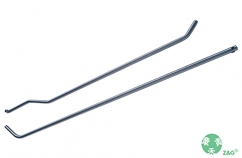
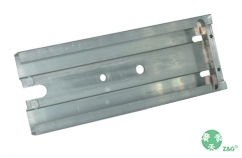
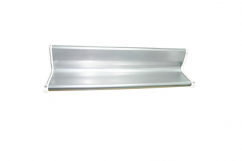
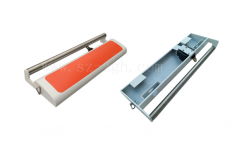

 What help do you need?
What help do you need?